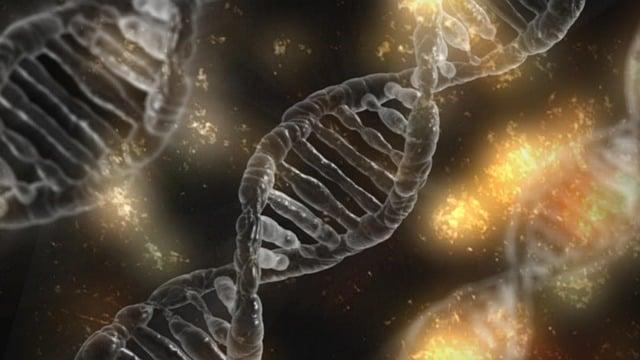An ancient viral DNA in human genomes acts as antivirals against certain modern viruses, reports a new study.
Science‘s Oct. 28 article “Evolution and Antiviral Activity of a Human Protein of Retroviral Origin” demonstrates this impact (Frank et al., 2022).
According to previous research, endogenous retroviruses in the genomes of mice, chickens, cats, and sheep prohibit contemporary viruses from accessing host cells (Johnson 2019). This work was done using human cells in culture, but it reveals that endogenous retroviruses likely have an antiviral effect on humans.
Further study could lead to medicines without autoimmune adverse effects using natural antiviral proteins. The research suggests an uncharacterized genomic defense system that could be substantial.
“The discoveries reveal that the human genome has proteins that may inhibit a wide spectrum of viruses,” stated molecular biology and genetics professor Cedric Feschotte. The study’s first author is John Frank, Ph.D. ’20, a former graduate student in Feschotte’s group.
Endogenous retroviruses make up 8% of the human genome, four times as much as protein-coding genes. Retroviruses introduce RNA into a host cell, which is transformed into DNA and integrated into the genome. Following genetic instructions, the cell generates more viruses.
Viruses hijack transcriptional machinery to multiply. Some retroviruses infect germ cells, like an egg or sperm, which allows retroviral DNA to transmit from parent to offspring and become permanent in the host genome.

An envelope protein must attach to a receptor on the cell’s surface, similar to a key in a lock, for retroviruses to enter a cell. For many viruses, including SARS-CoV-2, the envelope is also known as a spike protein.
Frank, Feschotte, and colleagues employed computational genomics to catalog putative retroviral envelope protein-coding sequences with receptor binding capacity. The researchers then tested whether these genes expressed retroviral envelope gene products in distinct human cell types.
“We found clear evidence of expression,” Feschotte said. “Many are expressed in the early embryo, in germ cells, and in immune cells upon infection.”
After identifying antiviral envelope proteins produced in different circumstances, researchers focused on Suppressyn because it binds ASCT2, the cellular entry point for Type D retroviruses. Placenta and early embryonic development revealed strong Suppressyn expression.
As the placenta is a common virus target, they used placental-like cells.
The cells were exposed to RD114, a type D retrovirus that naturally infects cats. Placental and embryonic stem cells were not infected, despite not expressing Suppressyn. When researchers reduced placental cells of Suppressyn, they became susceptible to RD114 infection; adding it back restored resistance.
Using an embryonic kidney cell line generally sensitive to RD114, the researchers ran reversal tests. Researchers made the cells resistant to Suppressyn.
One human retroviral protein blocks a cell receptor that facilitates retrovirus infection in many non-human species. Ancient retroviruses in the human genome protect the growing embryo from related viruses, said Feschotte.
Future research will examine the antiviral action of other human genome-encoded envelope-derived proteins.
Carolyn Coyne, a virologist at Duke’s School of Medicine, and Jose Garcia-Perez, a molecular biologist in Spain, are co-authors.
Cornell, NIH, Wellcome Trust-University of Edinburgh Institutional Strategic Support Fund, ERC, and HHMI supported the project.




















